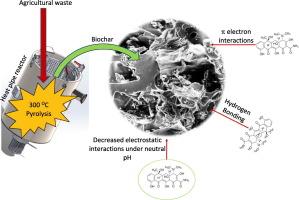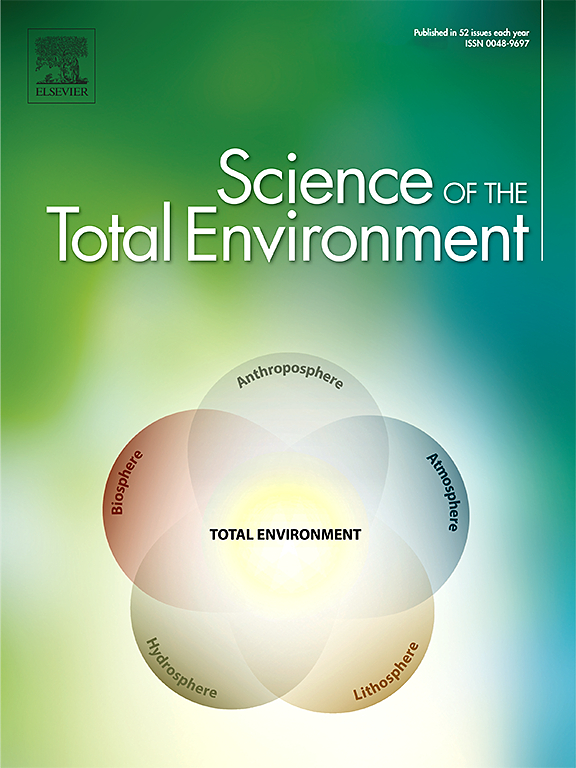The removal of tetracycline from water using biochar produced from agricultural discarded material
Abstract
An issue of significant importance worldwide is the contamination of water with antibiotics giving rise to antibiotic resistance in the environment. Antibiotics such as tetracycline are widely used in agriculture, as such they can pollute water courses, providing a means by which environmental bacteria can evolve antibiotic resistance genes. Biochar can form part of a solution as it is a well-known adsorbent. This material can be efficient in the adsorption of a wide range of pollutants and is inexpensive. An innovative heat pipe reactor was used to produce biochar from excess food and garden materials. This biochar was characterised using scanning electron microscopy with energy dispersive X-ray analyser (SEM–EDAX), Fourier transform infrared (FTIR) spectroscopy and Raman spectroscopy. The biochar produced had an adsorption capacity between 2.98 mg/g and 8.23 mg/g for initial tetracycline concentrations of 20 mg/l and 100 mg/l, respectively. The Freundlich isotherm provided the best fit to the experimental data. Kinetics examination revealed a rapid adsorption of tetracycline during the initial stages. The Elovich equation fitted the experimental data well. This adsorbent could therefore be produced at the site of an agricultural enterprise through the pyrolysis of agriculture waste and then used to reduce the infiltration of antibiotics into the environment.


 求助内容:
求助内容: 应助结果提醒方式:
应助结果提醒方式:


